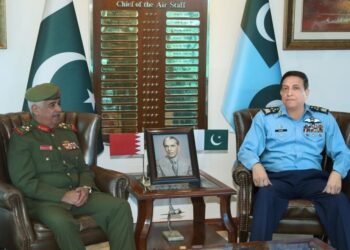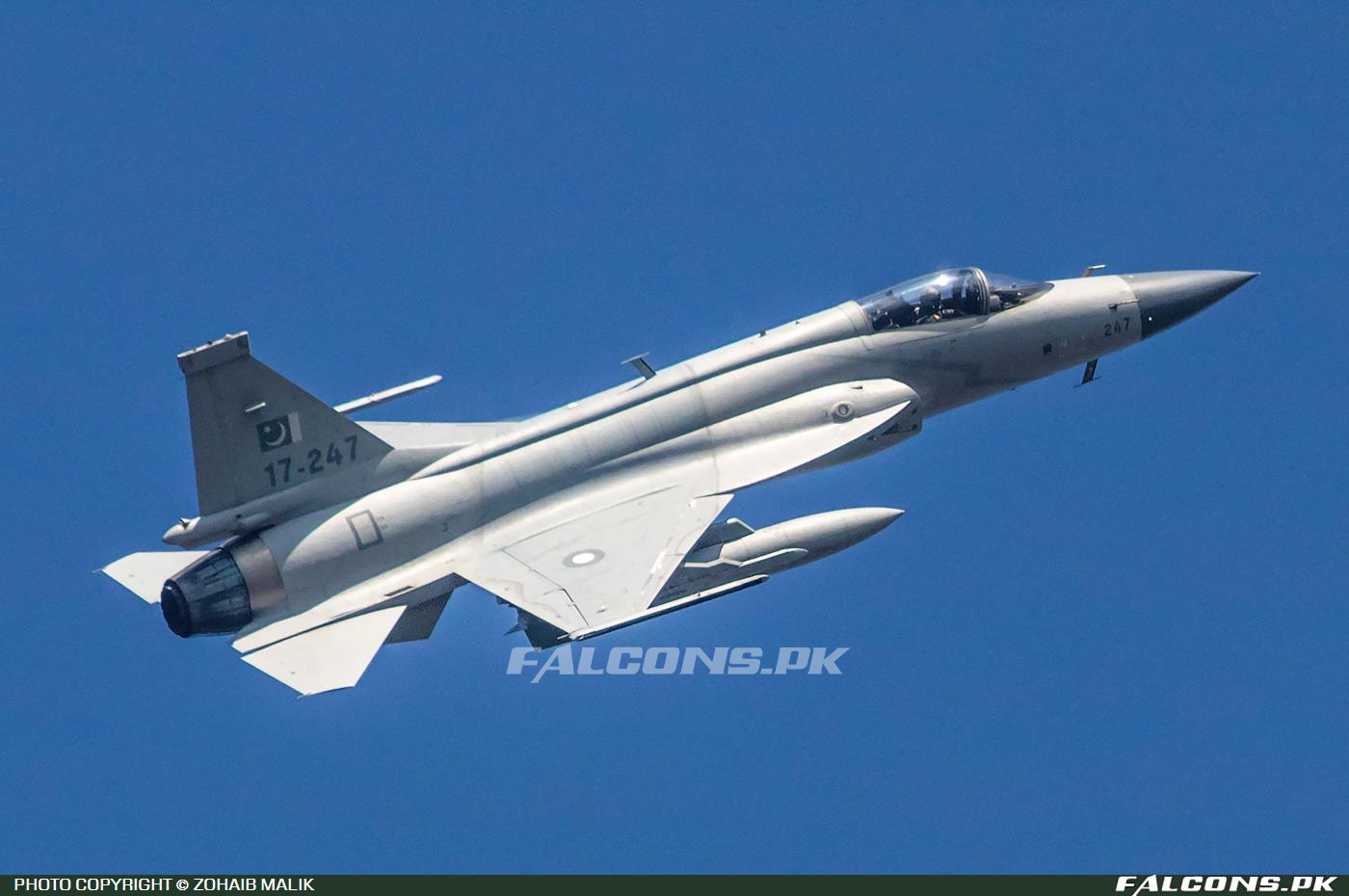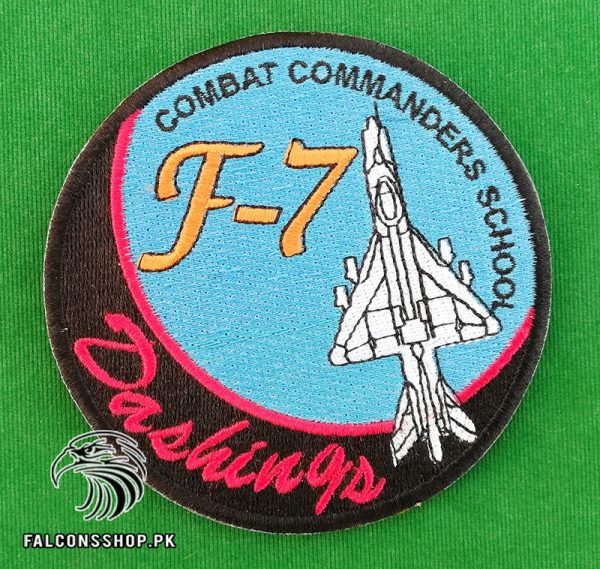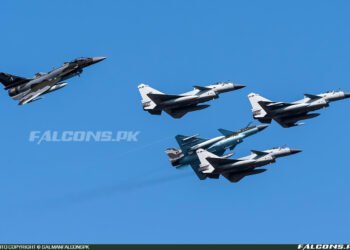By Air Cdre (Retd) Kaiser Tufail
Quite clearly, the inadequacy of IAF’s Su-30MKI and MiG-29 twin-engine fighters in the air superiority role led to the decision to acquire the Rafale, ostensibly a more modern and capable multi-role fighter. While both Russian fighters are highly maneuverable in a visual dogfight, as evidenced in several IAF exercises with RAF Typhoons and USAF F-15s and F-16s, they seem to have shortcomings in network-centric, Beyond Visual Range (BVR) combat. This was noticed during the 27 February 2019 skirmish with PAF F-16s, when a pair of Su-30s failed to establish data link and were of no mutual support to each other. The capabilities of the much-touted N011M ‘Bars’ airborne intercept radar are also suspect as the patrolling Su-30s were unable to launch even a single radar-guided R-77 BVR missiles against two dozen PAF fighters milling in the area on 27 February. While a definitive conclusion about the shortcomings of the Su-30 fire-control radar and missiles cannot be made on the basis of a single engagement, it is clear that they are not at par with the PAF F-16/AMRAAM combo. The IAF was aware of these limitations of the Russian fighters, which is why it had initiated measures for the acquisition of Western multi-role combat aircraft instead of more Su-30s, as far back as 2012.
IAF’s choice fell on the French Rafale, which is, indeed, a formidable multi-role fighter with long range and endurance, along with a sizeable payload in the class of the Su-30, areas that single-engine fighters like the F-16A/B and JF-17 cannot compete in. With a powerful radar and the long-range, radar-guided Meteor BVR missile, it comes at a cost of $120 million apiece. Dollar for dollar, PAF can acquire four JF-17 Blk-III for the cost of one Rafale, thus more than offsetting the latter’s payload capabilities, at least.
The range of the Rafale’s Meteor missile claimed by the manufacturer (MBDA) to be 100+ km led the Indian Prime Minister to ruefully state that, “if we had the Rafale, results would have been different [on 27 February].”
Mr. Modi has apparently not yet been briefed by his Air Staff about the JF-17’s upcoming PL-15 BVR missile guided by the new AESA radar, which beats the Rafale’s ramjet-powered Meteor by several tens of kilometers. It is manifest that long range BVR combat will take precedence over close combat in any future conflict, and enemy aircraft will be shot out of the skies while remaining well inside their own territory.
While we are at it, it may be worthwhile to have a cursory line comparison of the Rafale, F-16A and JF-17 in one-on-one visual air combat.
All three aircraft have a ‘clean’ configuration Thrust-to-Weight Ratio of 1:1 and can climb and accelerate equally well. In a turning fight, Aspect Ratio and Wing Loading are critical parameters. The JF-17 and F-16A enjoy better Aspect Ratios of 3.7 each, compared to the Rafale which stands at 2.6. A better Aspect Ratio (square of wing span to wing area) implies better aerodynamic efficiency due to less induced drag during turning. As for Wing Loading, or the weight of the aircraft per unit area, the lesser the better. The Rafale has a slight edge, having 68 lbs/sq ft compared to the JF-17 and F-16A, both of which have Wing Loadings of 77 lbs/sq ft. A lightly loaded wing helps in a tighter turn, though in case of the Rafale, this advantage is overcome by greater induced drag due its lower Aspect Ratio. In sum, all three fighters are at par, more or less, in a turning fight.
Induction of the Rafale in IAF has created considerable media interest, and the impression has been created that with immediate effect, IAF will rule the Indian skies. It must, however, be remembered that it will be at least two years before the Rafale achieves anything close to Full Operational Capability. PAF, on the other hand, has been flying F-16s for 37 years, including hot scenarios during the Afghan War, in local counter-insurgency operations, and the latest Operation ‘Swift Retort,’ downing half a dozen enemy fighters in these operations. The JF-17 has been fully operational for over a decade, and is expected to replace the legacy fighters over the next five years. These combat-proven PAF fighters are fully integrated with the air defence system, and are mutually data-linked, alongside all AEW and ground sensors. Such capabilities are not achieved overnight, and it will be several years before the Rafales can be considered a threat in any real sense.
Any immediate impact of the Rafale on IAF’s air power capabilities is, thus, simply over-hyped. This inference, however, must not be dealt with lightly, as there is a distinct possibility of the Indian Prime Minister using the Rafale for a false-flag operation in a surreptitious manner, to prove his point that, “with the Rafale, the results would have been different,” from those of 27 February 2019.
– Air Cdre Kaiser Tufail (Retired) is a former fighter pilot and a writer on military affairs.






